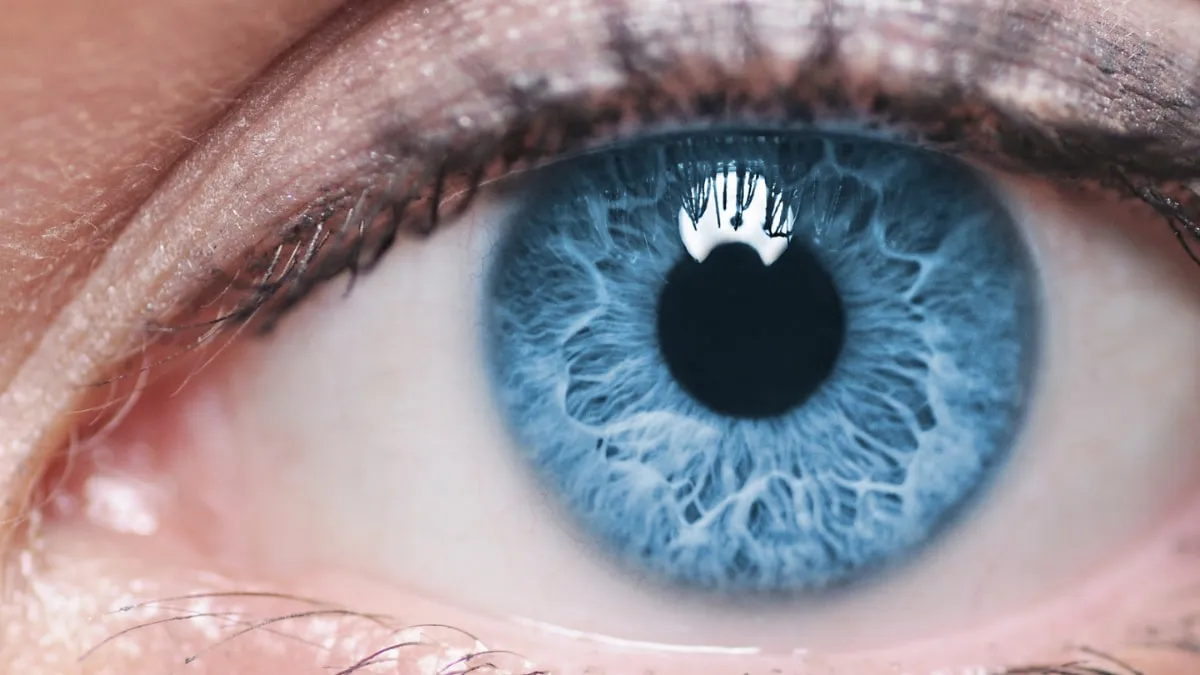Exploring the World's First Bionic Eye: The Gennaris Bionic Vision System and Its Potential to Cure Blindness

The Significance of the Gennaris Bionic Vision System
At a time when scientists around the globe are striving for advancements to treat blindness, the emergence of the Gennaris Bionic Vision System marks a pivotal innovation. Developed by Monash University in Australia, this system aims to revolutionize the approach to treating previously untreatable conditions.
How the Gennaris System Works
- Ten Years of Research: The Gennaris system represents nearly a decade of dedicated study.
- Bypassing Damage: It operates by bypassing damaged optic nerves, sending signals directly to the brain's visual center, thus enabling users to interpret images.
- Initial Human Trials: Following successful animal testing, including trials on sheep, the system is preparing for its initial human clinical trials in Melbourne.
Technical Highlights of the Gennaris System
- Wireless Implants: The system employs wireless implants that deliver patterned electrical stimulation to the brain.
- Mini Camera: A mini camera worn on custom-designed headgear captures high-resolution images via signal processing techniques.
- Field of View: It replicates the eye's structure, offering a 100-degree field of vision, close to the human eye's 130-degree range.
Implications for the Future of Vision Restoration
The groundbreaking Gennaris Bionic Vision System signifies a promising leap in the field of assistive technology for those affected by blindness. Its potential to restore vision brings hope to millions, making the upcoming clinical trials vital for assessing its broader applications.
This article was prepared using information from open sources in accordance with the principles of Ethical Policy. The editorial team is not responsible for absolute accuracy, as it relies on data from the sources referenced.